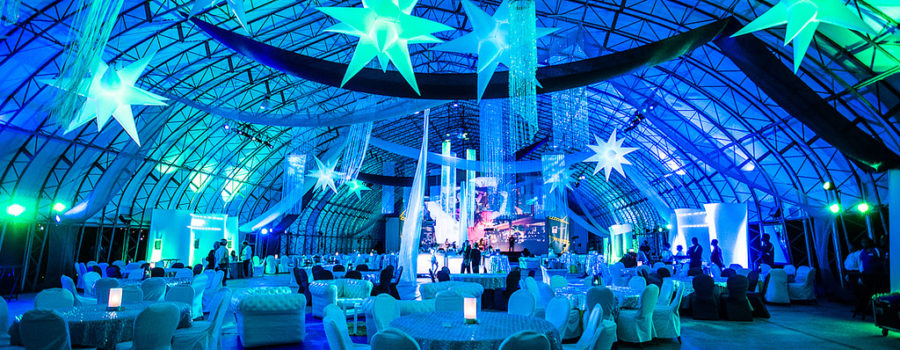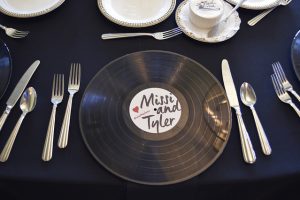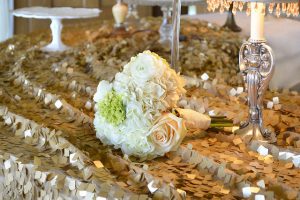“I always say creativity really does need some sort of box—you have to define that box in order to think outside of it,” says Jennifer Braun, owner of Type A Events, a strategic event management company, and Festivities, which provides event rental, décor and floral. According to Braun, that box is created by determining the type of event as well as what attendees will want to see and hear.
“We can’t just do anything or its not going to work f or the client’s needs and budget,” says Braun. Once that is determined, her team can begin to brainstorm freely by letting go of all reality and rationality. This process enables them to hone in on elements that push events to the next level, but at the same time f its within what they are doing. “I find that if you start focusing on, ‘this is a $20,000 event’ you just end up with an event that looks like $20,000,” says Braun.
If you start out with ‘we can do whatever it is we want to do,’ you can really get an event that looks like a million bucks.
While its necessary to communicate clearly with the client and make sure that they’re on the same page, says Braun, you have to be careful about how much you build up their expectations. “Under promise, over delivery is very important in the event design world,” she says. “A lot of times, especially when you’re pushing the envelope, some things just may not pan out.” Braun has found visuals to be one of the most effective ways to present ideas to clients because pictures are universally communicative and help steer the designers away from using lingo or terms that the client may not
understand.
Another goal of event design is to create an event that will stay in conversation even after it has ended, she says. “Having everything well designed really conveys the message that this was a purposeful event and not just a happening,” says Braun. “The way that you truly get value and return on your event is by communicating that and demonstrating that it actually does something beyond
that night. Every event should live on.”




